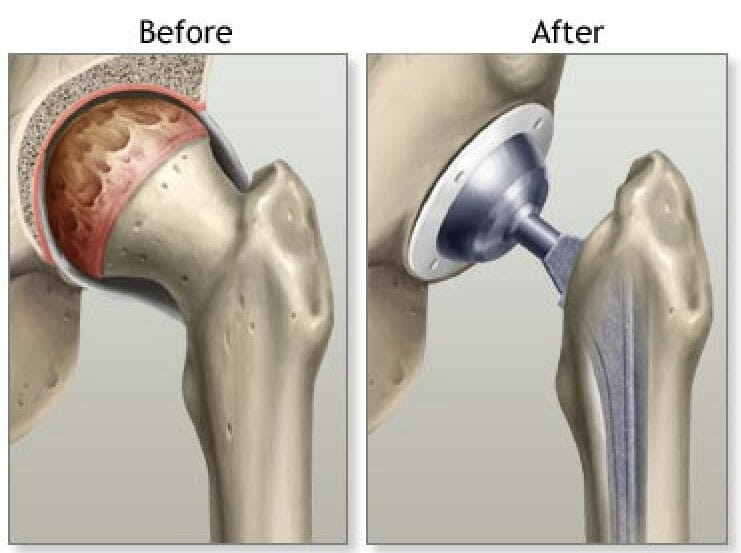Congenital Hip Dysplasia: Symptoms, Causes, Treatment
What are the symptoms of congenital hip dysplasia?
Congenital hip dysplasia, also known as developmental dysplasia of the hip (DDH), may not cause any symptoms in infants, especially in mild cases. However, as the condition progresses, symptoms may become more noticeable and can include:
- Limited range of motion in the hip: The affected hip may have reduced flexibility or be less mobile than the other hip.
- Uneven leg lengths: One leg may appear shorter than the other.
- Clicking or popping sensation in the hip: This can occur when the hip joint is moved and may indicate that the joint is not properly aligned.
- Dislocated hip: In severe cases, the hip joint may be dislocated, which can be seen as a visible deformity.
- Pain or discomfort: Older children and adults with untreated hip dysplasia may experience hip pain or discomfort, especially with certain movements or activities.
It’s important to diagnose and treat hip dysplasia early to prevent long-term complications such as arthritis and hip pain. Infants are usually screened for hip dysplasia shortly after birth and during well-baby checkups. If hip dysplasia is suspected, your healthcare provider may recommend further evaluation and treatment.
What are the causes of congenital hip dysplasia?
Congenital hip dysplasia, or developmental dysplasia of the hip (DDH), can have several causes, including:
- Genetics: There is evidence to suggest that DDH can run in families, indicating a genetic predisposition to the condition.
- Breech position: Babies born in the breech position (feet first) are at a higher risk of DDH due to the way their hips are positioned in the womb.
- Female gender: DDH is more common in females than males.
- Firstborn children: Firstborn children are more likely to have DDH, possibly due to the reduced space in the uterus during the first pregnancy.
- Hormonal factors: Hormones, particularly relaxin (which relaxes the ligaments in the pelvis), may play a role in the development of DDH.
- Swaddling: Tight swaddling of infants, particularly with the hips and knees straight, can increase the risk of DDH.
- Environmental factors: Factors such as low levels of amniotic fluid, maternal smoking, and certain medications taken during pregnancy may increase the risk of DDH.
It’s important to note that in many cases, the exact cause of DDH is not known, and it is likely a combination of genetic and environmental factors. Early diagnosis and treatment are key to preventing long-term complications associated with DDH.
What is the treatment for congenital hip dysplasia?
The treatment for congenital hip dysplasia (CHD) depends on the age of the patient and the severity of the condition. Treatment options may include:
- Infants (up to 6 months old):
- Pavlik harness: A special harness that holds the baby’s hips in a position that helps the hip joint develop normally.
- Closed reduction: Manipulation of the hip joint to move the femoral head into the correct position. This is usually done under anesthesia.
- Spica cast: A cast that extends from the chest to the ankles to keep the hip in the correct position while it heals.
- Children (6 months to 2 years old):
- Closed reduction with spica casting: Similar to the treatment for infants, but may be more challenging due to the child’s size.
- Open reduction: Surgical procedure to reposition the femoral head if closed reduction is not successful.
- Osteotomy: Surgical procedure to reshape the hip socket or femur to improve hip joint stability.
- Children (over 2 years old):
- Surgical procedures: Similar to those used in older children, including open reduction and osteotomy.
- Hip arthroscopy: Minimally invasive surgery to assess and treat hip joint problems.
- Adults:
- Hip replacement surgery: In severe cases of CHD that have led to arthritis or significant joint damage, hip replacement surgery may be necessary.
The goal of treatment is to improve the stability and function of the hip joint, reduce the risk of complications such as arthritis, and improve the patient’s quality of life. Treatment should be tailored to the individual patient’s age, symptoms, and the severity of the hip dysplasia.




